Cross stitch pictures are becoming more and more popular with modern needlewomen. Previously, this type of applied art was considered very honorable in Rus', and only a privileged circle of people were involved in it. Nowadays, people of different ages and professions are interested in cross stitching. However, the first works are not always successful. To create a picture without flaws, it is necessary to adhere to certain rules.
- A bit of history
- How to quickly cross stitch a picture: tips
- Cross Stitch Paintings for Beginners
- What you need to cross stitch a picture
- Very large cross stitch patterns: general scheme of execution of works
- Secrets of Embroidering Large Paintings
- How long does it take to cross stitch a picture yourself?
- Patterns for cross stitch paintings: ready-made kits
- Large size landscapes
- Cross Stitch Painting: Canvas Size
- Cross-stitch picture frame from improvised means
- Cross-stitched pictures in the interior of the apartment
A bit of history
Cross stitching is one of the oldest, still popular and sought-after types of needlework. Although the exact date of the appearance of this type of art is unknown, scientists believe that its very beginnings were formed with the appearance of the first type of stitch.
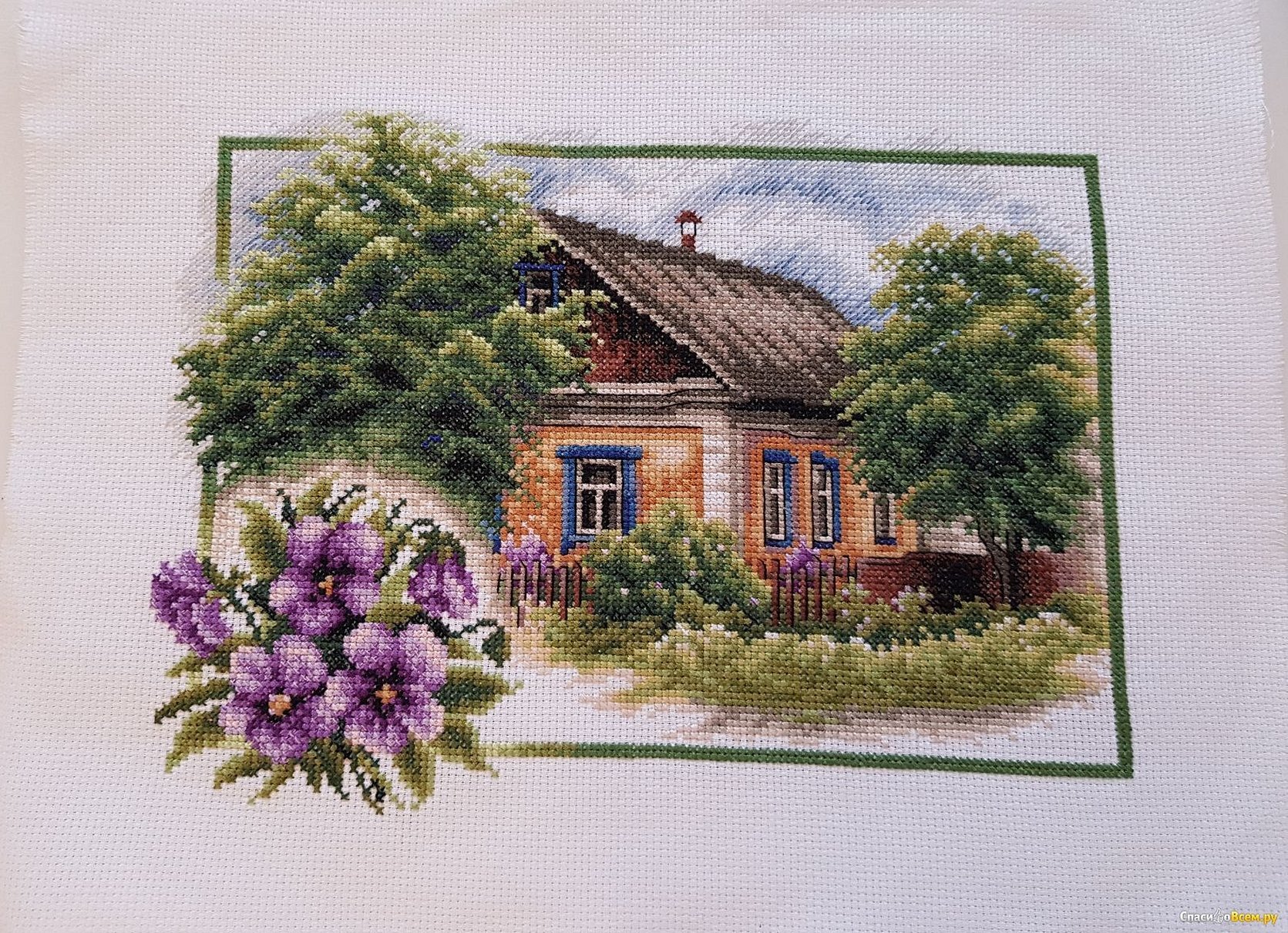
In ancient Rus', cross-stitching was done with linen threads and needles made from animal bones on processed animal skins. It is noteworthy that some of these works have survived to this day and have not lost their decorative qualities.
Please note! In the very beginning, cross stitching was considered an occupation for the elite, which is why only representatives of the nobility and nuns were allowed to practice this type of applied art.
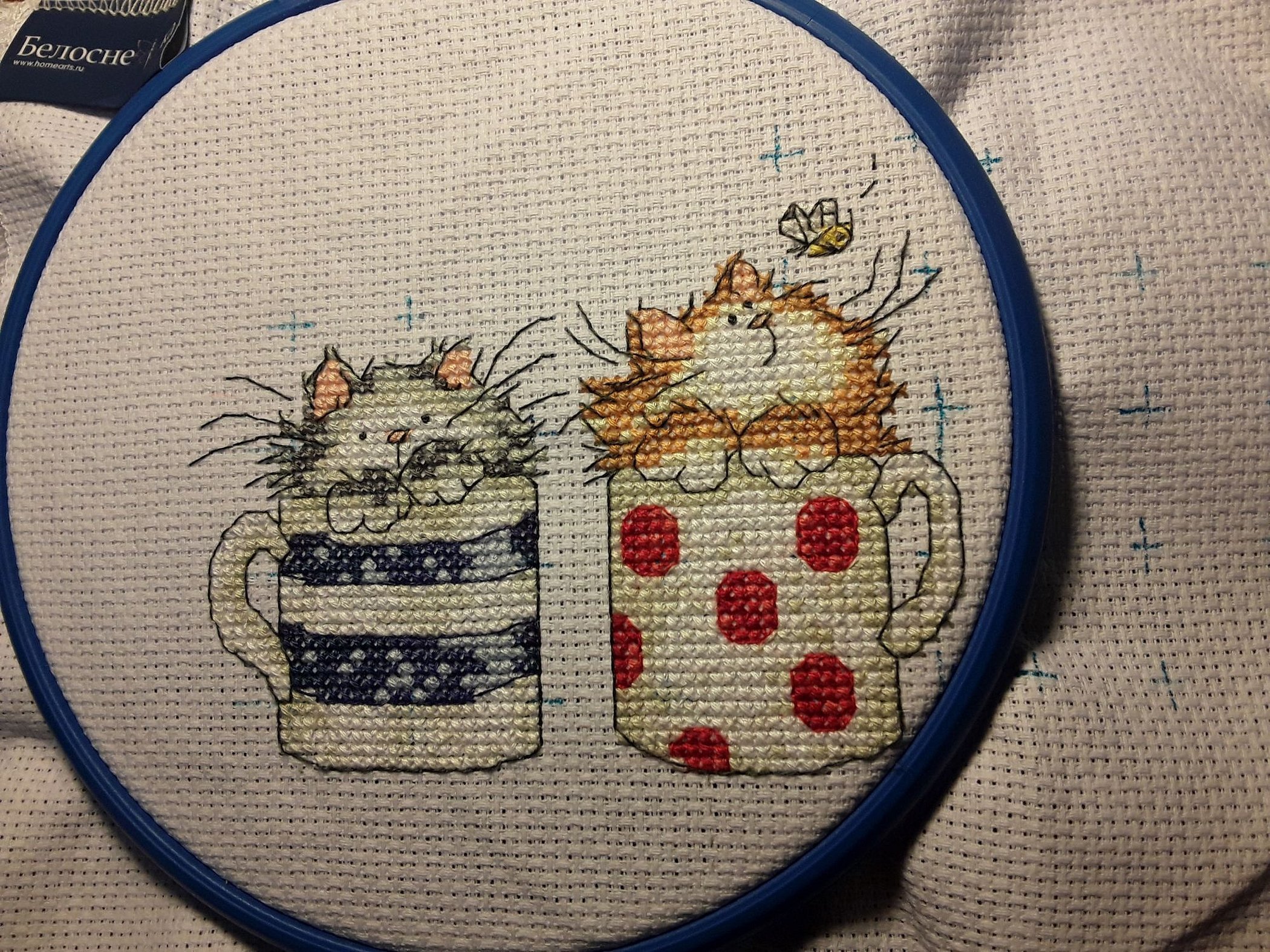
How to quickly cross stitch a picture: tips
This type of needlework requires special perseverance and patience, so housewives often think about how to embroider quickly, how to speed up the process. The duration of the procedure will depend only on the person himself. If the training was easy for him, then the work will go more smoothly. The use of ready-made embroidery kits, which already have ready-made lightweight patterns and necessary items, also helps to speed up the process.
Cross Stitch Paintings for Beginners
Beginner needlewomen should choose small and simple works. It will be difficult to cope with complex landscapes, so it is better to start with a still life or just a vase of flowers.
How to learn cross stitch quickly for beginners:
- Choose a suitable and comfortable fabric. You should always buy a little more than you need, that is, with a reserve. This is very important, because you will have to stretch the material on the hoop and attach the edges to the frame of the picture.
- The edges of the canvas need to be processed before you start working. You can use clear nail polish for this.
- It is necessary to calculate how many cells there are on the scheme according to which the work will be carried out. Then you need to compare it with the number of squares on the working area of the fabric. Their number must match.
- To make your work easier, it is recommended to draw a grid using a washable marker. One square should include 10 small cells in length and width.
- When choosing ready-made kits, you need to pay attention to the product with Aida canvas. It is suitable for large embroidery.
Important! After the work is done, you should never throw away the remaining materials or threads. They may be needed at any time for other work.

What you need to cross stitch a picture
Cross-stitched pictures will be especially beautiful, and the process itself will go without pain and problems if you select special equipment for the work. To do this, you need to stock up on the following tools and materials in advance:
- Needles. You need to buy a whole set at once, and not one piece at a time, as they can easily get lost. Needles should be selected depending on the density and structure of the fabric. If the fabric is light and weightless, then the item for embroidery is selected thin, so as not to damage the integrity of the material. For working with wool, you need the thickest and largest in size or a tapestry needle. It has a blunt end, which helps not to deform the fabric.
- Hoops. They are used to prevent the material from being pulled together by stitches. The hoop should not have any unevenness, otherwise it will damage the structure of the material. The most ideal option for creating cross-stitch paintings is a wooden hoop.
- Threads. Firstly, you need to immediately buy a set of threads with a different palette of colors. Secondly, you need to use floss, metallic smooth threads, Persian yarn or thin strong wool.
- Thimbles. They not only protect your fingers from needle pricks, but also help push the needle through thick fabric without any problems.
- Scissors. They should be of different sizes. Small ones are useful for cutting threads, medium ones for processing fabric, and large ones for cutting out material.
- Water-soluble markers or felt-tip pens to make markings on the canvas.
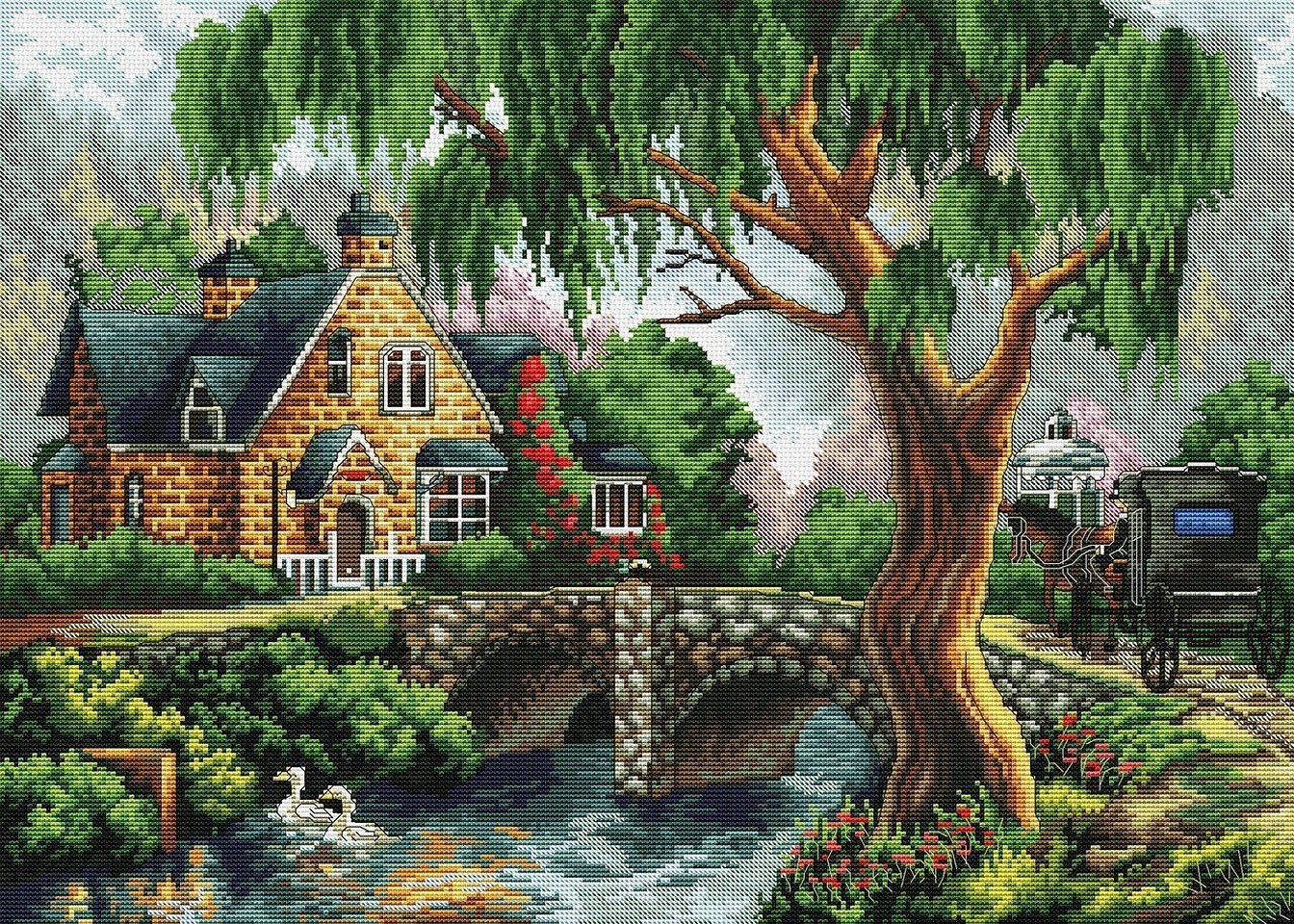
Very large cross stitch patterns: general scheme of execution of works
Large and voluminous paintings require a lot of time and patience. Often, several needlewomen work on such works at once, so beginners should not take on such schemes.
Rules for working with large cross stitch patterns:
- The edges of the canvas must be pre-treated with varnish or glue.
- Divide the entire work area into several parts and mark them with a water-washable pencil or marker.
- Iron the fabric well.
- You need to work in a well-lit room to avoid mistakes.
Before starting work, you need to lay out all the necessary tools in front of you within walking distance, and also separate the threads by color.
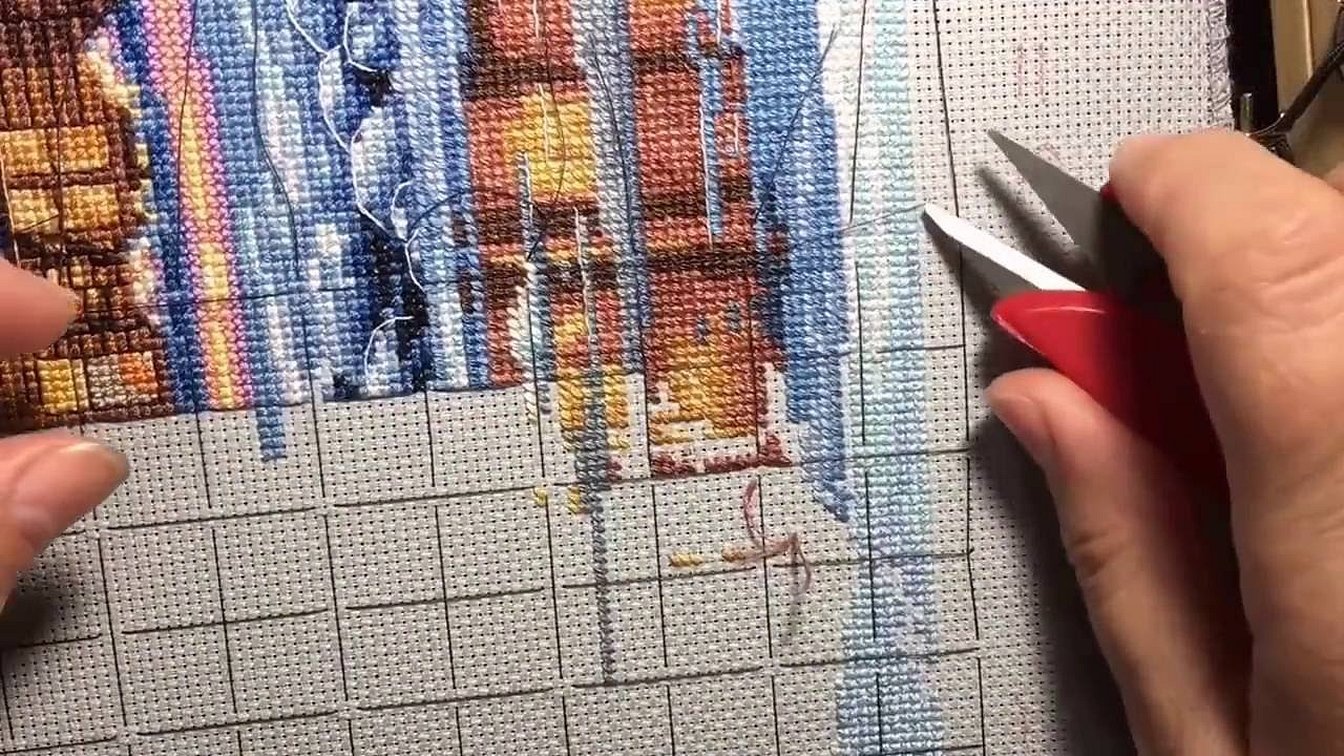
Secrets of Embroidering Large Paintings
The nuances and secrets of cross stitching large paintings include:
- an additional copy of the drawing made in advance, according to which the work is carried out, since the old one may be lost or become unusable;
- work on volumetric works should start from the middle of the scheme;
- markings on the working part of the canvas should be made in 10 squares in length and width;
- You should always take fabric "with a reserve".
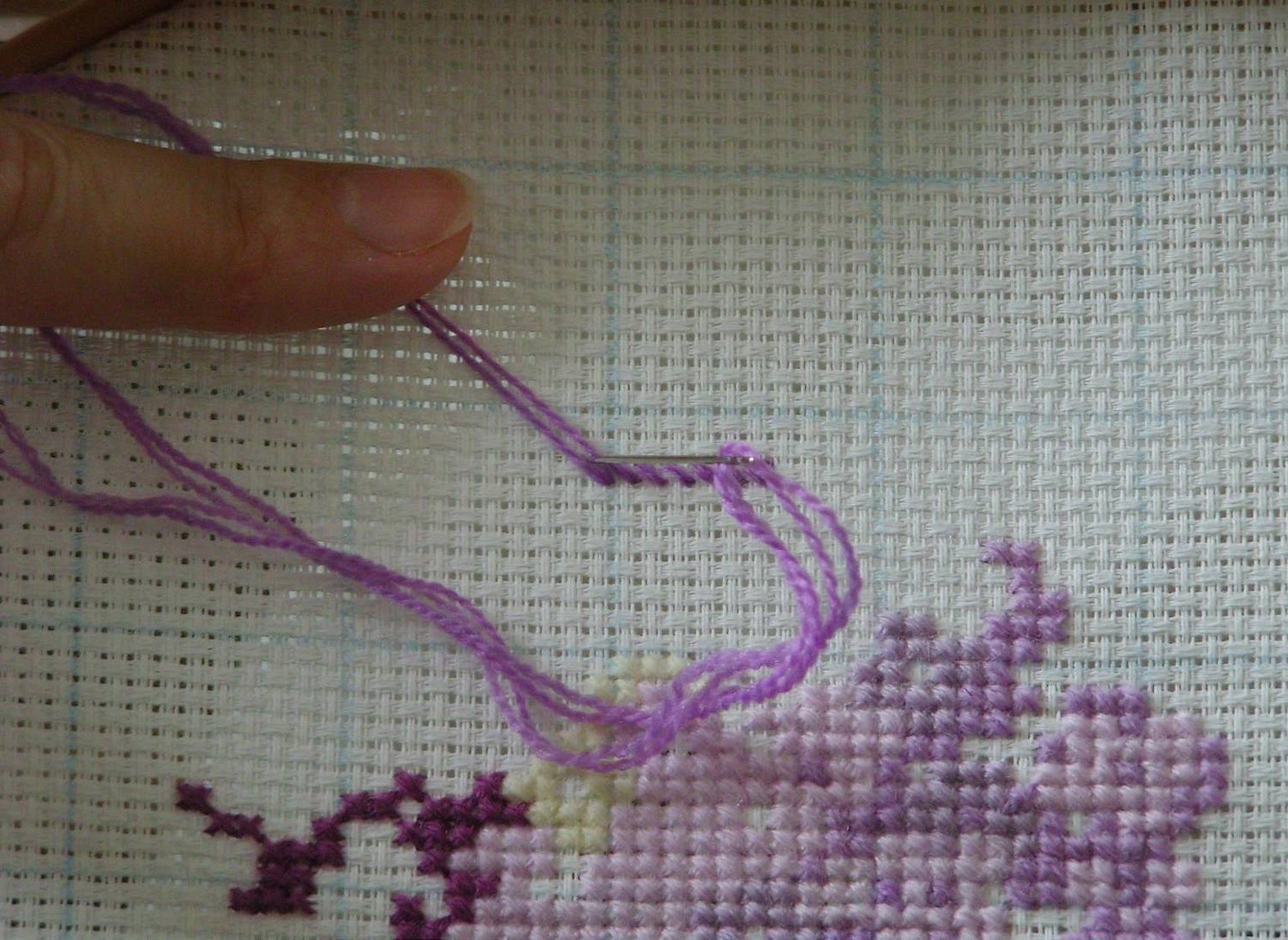
How long does it take to cross stitch a picture yourself?
Of course, the duration of the work will depend on the size of the picture. It is also influenced by how much time the needlewoman devotes to embroidery every day.
On average, it takes 1 to 3 months to embroider a small picture. If you work on a large picture, it can take 1 to 2 years. Satin stitch embroidery involves filling in all the gaps, so you need to devote a lot of time.
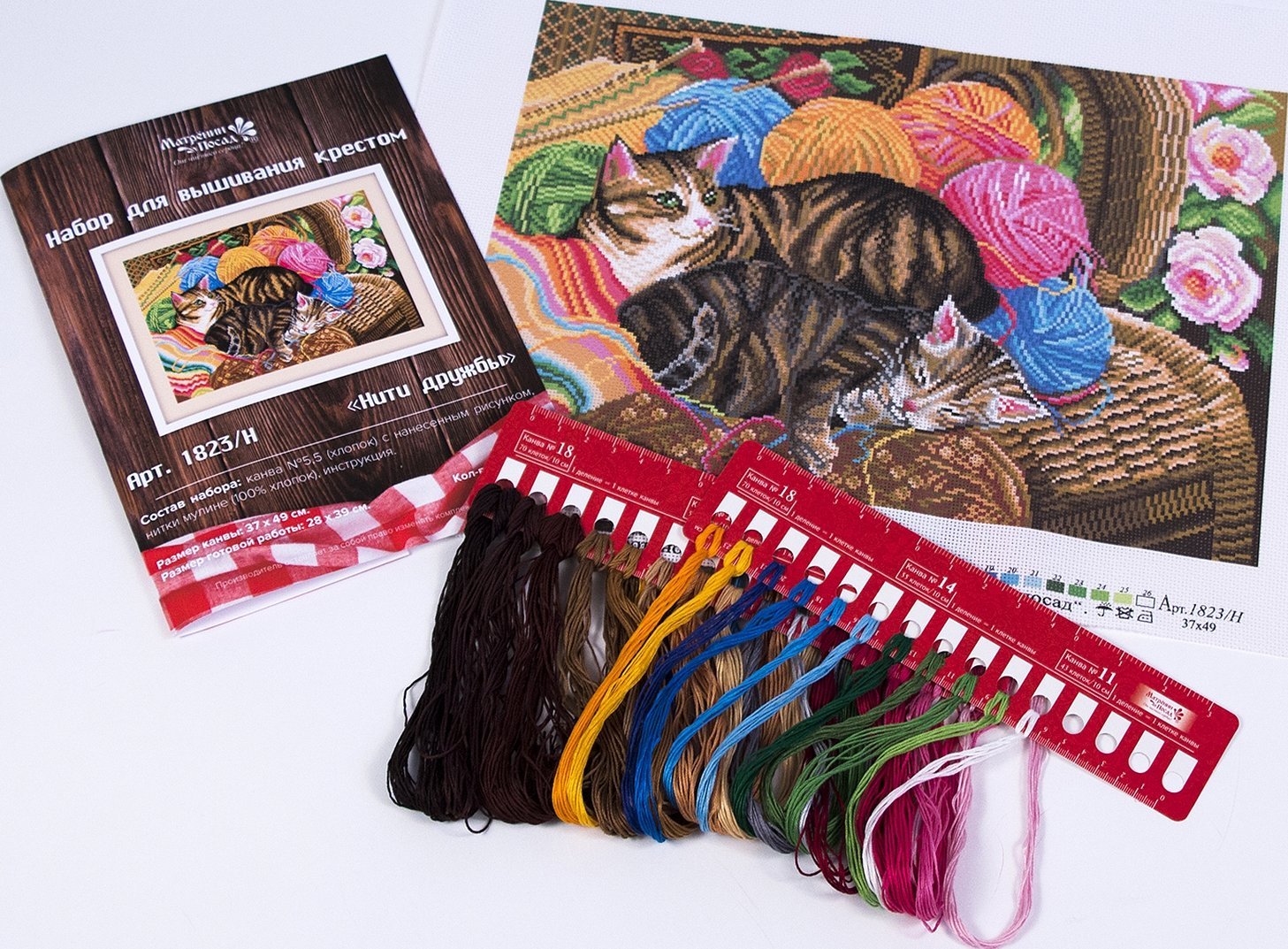
Patterns for cross stitch paintings: ready-made kits
Ready-made cross stitch kits can make the work much easier, especially for beginner needlewomen. They already contain the necessary set of tools, a lightweight pattern and a convenient suitable fabric. Depending on the type and complexity, such kits may differ from each other. There are different options for their internal composition:
- the drawing may already be applied to the canvas itself; additionally, the kit includes its diagram;
- clean canvas, separately with a diagram on paper;
- colored drawing on canvas, can be washed off after finishing work.
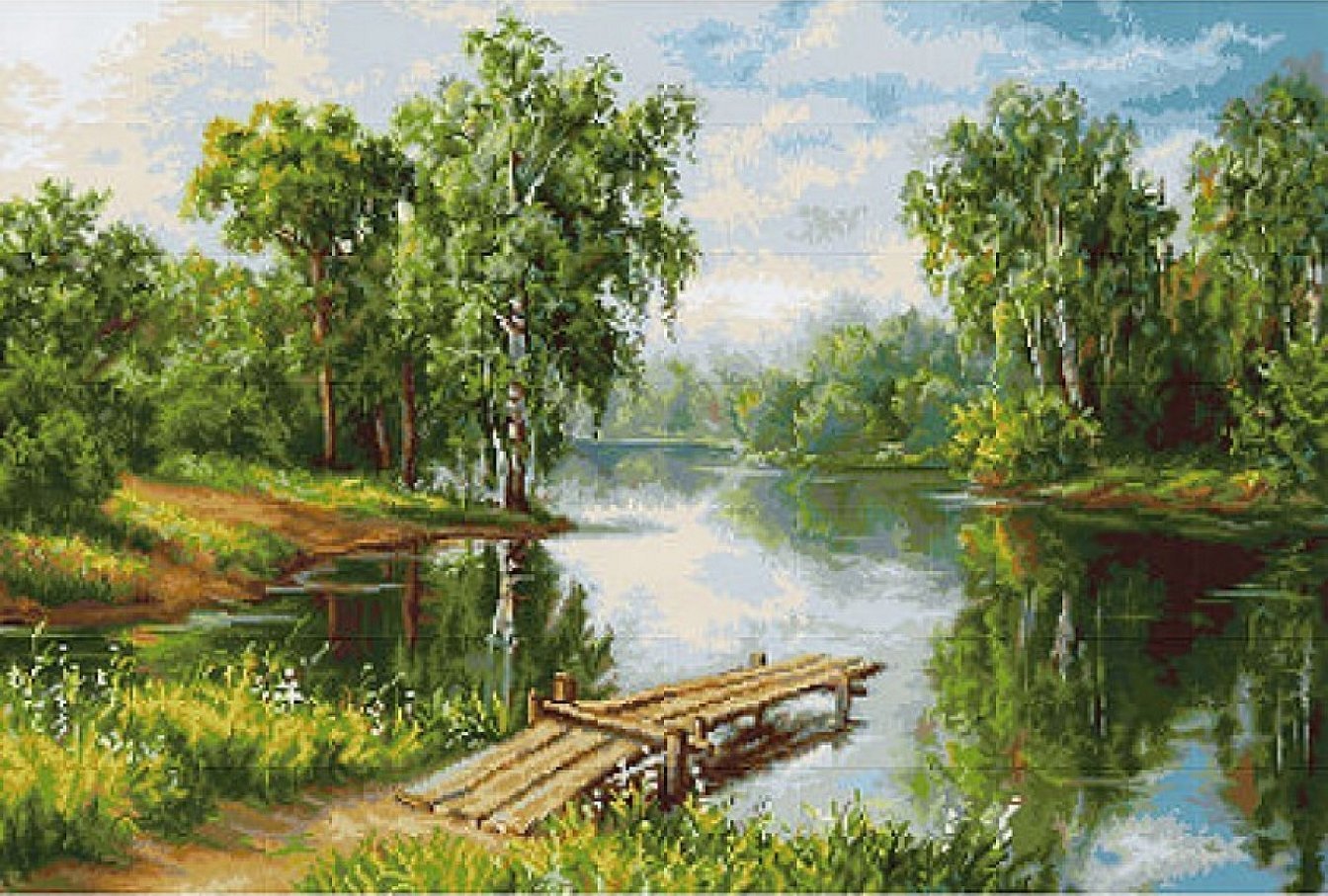
Large size landscapes
The schemes of the paintings have absolutely different directions of illustration. These can be characters of cartoons, fairy tales, films or something abstract. However, the greatest demand, as in the past, and now, is for landscapes. Such schemes can depict a forest, a waterfall, a meadow, mountains, a pond, etc.
Finished large cross-stitched paintings can compete with expensive works painted with paints. What is valued is how much work and time was spent on it, as well as the quality of the final work.
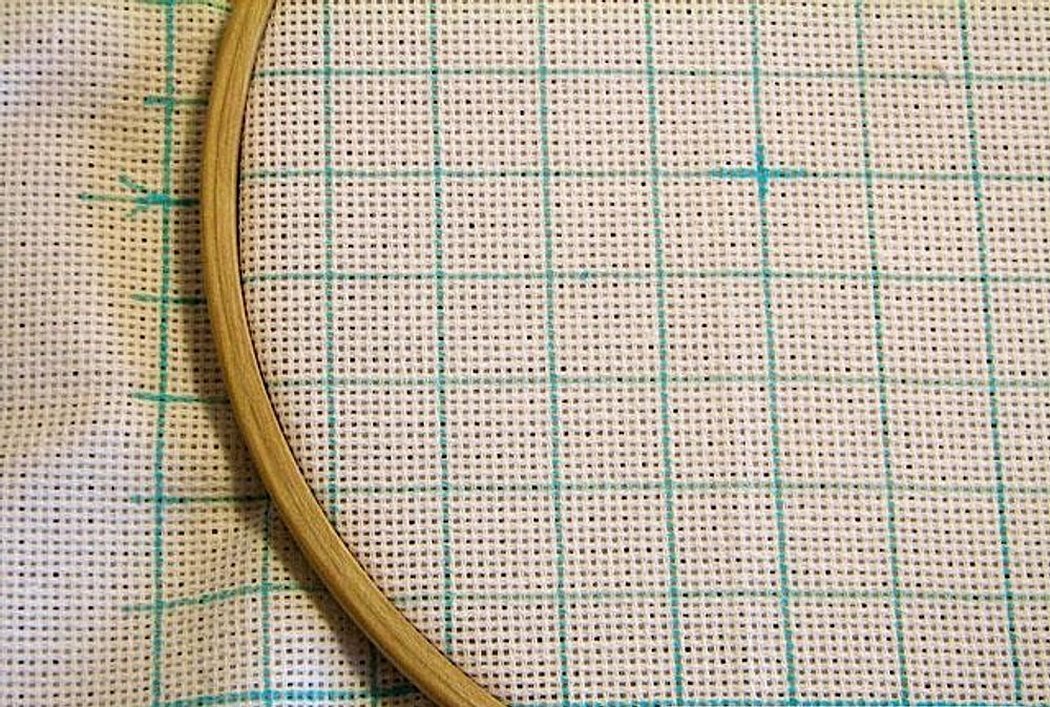
Cross Stitch Painting: Canvas Size
As mentioned above, with any method of cross-stitching a picture, the canvas should be taken "with a reserve". The canvas can be of different sizes, density and structure. Beginners find it easiest to work with canvas No. 14, which has large cells. It is not very dense in structure, which makes it easier to work with a needle.
Another size is #16, which is suitable for slightly more experienced needlewomen. But here you will need good eyesight, since the canvas structure is finer than the first type. It is better to embroider on it, as on #14, with a thread folded in half.
Another suitable canvas for cross-stitching a picture is #18. Only experienced needlewomen with good eyesight can handle it. You need to sew on this canvas with one thread, and it has small cells. But the finished work is more realistic and does not show through.
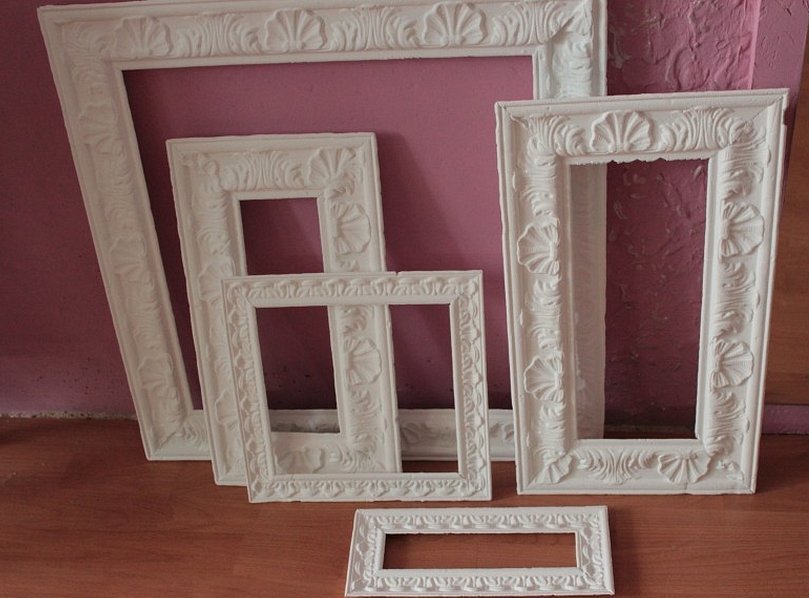
Cross-stitch picture frame from improvised means
In order not to spend extra money on frames for cross-stitched pictures, you can make them yourself from improvised means. Regular cardboard or ceiling plinth will do for this. The plinth can be covered with paints and varnish on top, making it look like wood.
Old wooden skirting boards can also serve as frames, they can be painted in any desired shade. Another idea is to use wooden hoops with wide and thick edges.
Please note! If you have old, unnecessary paintings in your house, you can disassemble them and use the frame for a new painting.

Cross-stitched pictures in the interior of the apartment
Cross-stitch paintings are very popular for interior decoration, which is why they cost a lot of money. Works on small canvas look especially beautiful and harmonious, they have greater realism.
Recently, the query "cross stitching based on Lushpin's painting" has become quite popular on the Internet. Indeed, his drawings have magical beauty, coziness and "quiet" provincial beauty. They look beautiful in the interior of the premises, bringing coziness and peace to it. However, the work based on Lushpin's painting is difficult to perform, so it is not suitable for beginner needlewomen.
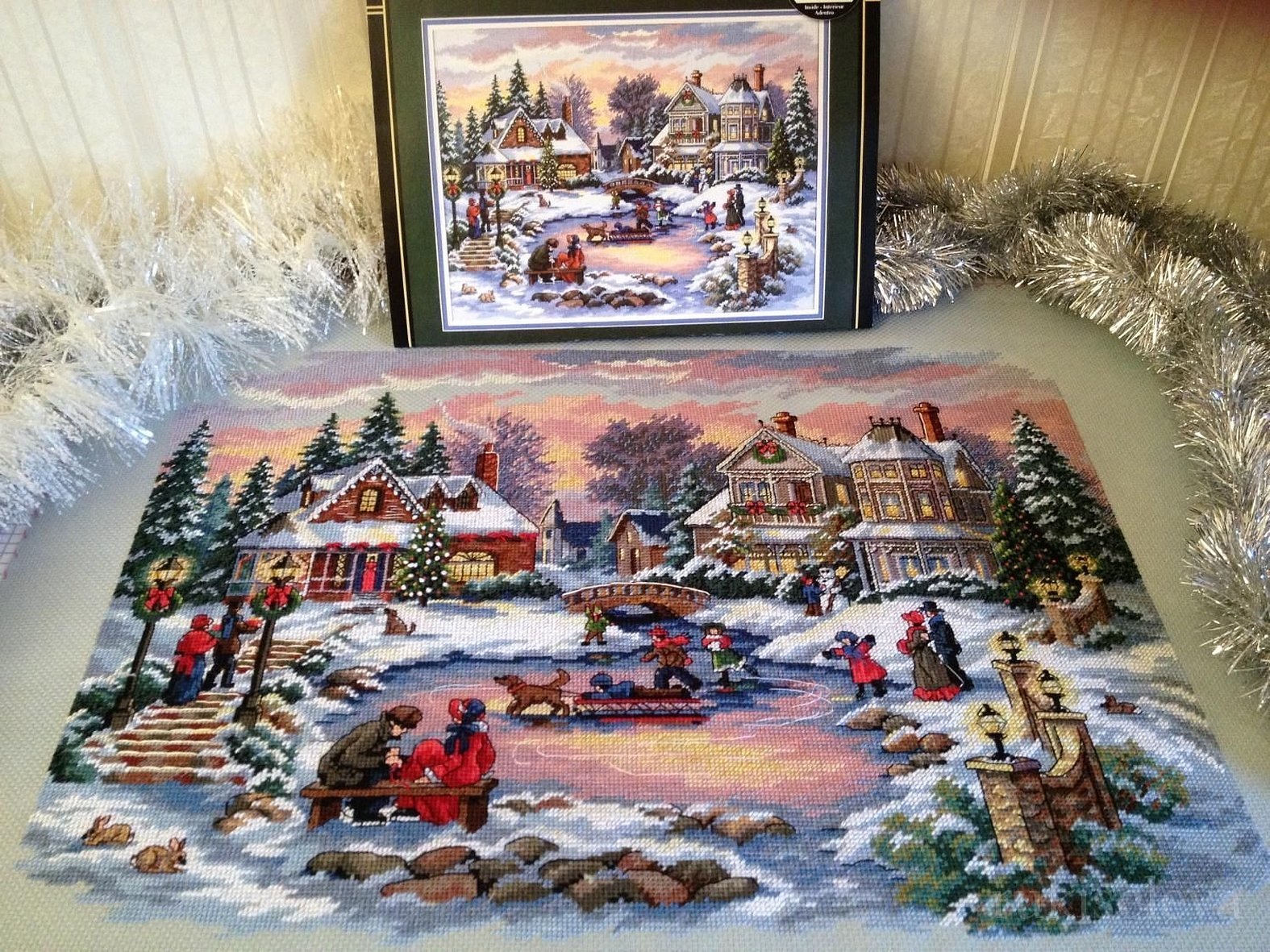
Cross-stitched pictures have their own charm. They fit beautifully into the interior of the house, thereby ennobling it. People who do this type of handicraft can be called artists. With the help of such finished works, you can create real galleries at home. Hand-made cross-stitched pictures can be of different sizes and created from different types of fabric with different stitch sizes.




